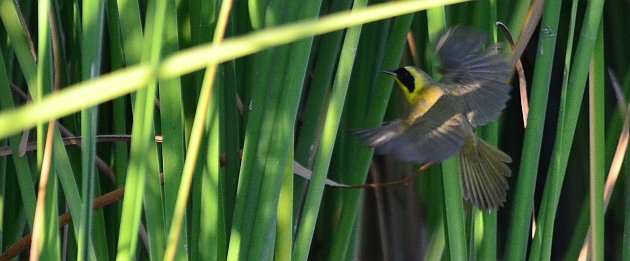
A male Belding’s Yellowthroat. Hecho en Mexico.
What better way to start the year than with a visit to Mexico? Especially if you can fit in some birding?
Many gringos make their way to Baja California Sur every year, although the majority are probably heading to Cabo San Lucas to party and test the human limit of tequila endurance. But others actually do some birding, and they paved the way for this Great Ornithologist to do a little bit on a recent vacation to Todos Santos.
Todos Santos lies about an hour northwest of the bad craziness of Cabo San Lucas on the Pacific side of the peninsula. It’s a very small town, and relatively full of white people, for good or ill. It’s known for its good food (which I can confirm) and good art (which I cannot), and is increasingly becoming a tourist destination…but thankfully it’s too small and too mellow to be a raging tourist trap of this writing. It’s almost a bucolic place; sea turtles nest on the beaches, Humpback Whales and bat rays frolic just offshore, and you can buy the freshest fish from the panga fisherman at Punta Lobos every afternoon. Judging by the number of people I know who have been there at one time or another, you might find yourself there some day.
Of course, the town also boasts some very fun birding. We did not get to visit the famed Sierra de la Laguna to the east that hold a suite of quasi-endemics (the AOU still defines San Lucan Robin/Vireo, Baird’s Junco and Cape Pygmy-Owl as mere subspecies, which many disagree with), but we became very well-acquainted with southern Baja’s lowland endemics.
The flashiest and most abundant endemic is Xantus’s Hummingbird. Although they are not as common as Costa’s Hummingbird (which the region is rife with), it’s hard to go very long around town without coming across one, birding or otherwise. Their abundance does not take away from the fact that they are crippling birds; they are similar to White-eared Hummingbird, but with a rufous tail and a buffy belly, with males flashing a blinding iridescent green on their head rather than the purple of a White-eared. Look for them wherever there are flowers in bloom; we saw many in Todos Santos and its outskirts.
Gray Thrashers are not as conspicuous as the hummingbirds, but should not be difficult to find in the right places. The thrashers are very fond of native desert scrub and thorn forest and are not afraid to perch out in the open. They do bear some resemblance to Sage Thrashers, but have a much heavier, more sickle-shaped bill.
For years I heard the estero at San Jose del Cabo was the place to go to see Belding’s Yellowthroat, another Baja endemic. Note the extensive yellow on the underparts and yellow border to the face mask on adult males. Many birders were rightfully worried when the new hotel there destroyed a large amount of their habitat, although it sounds like their numbers have somewhat rebounded there.
Instead of looking for Belding’s Yellowthroat at the estero, I walked a few minutes down the beach at Todos Santos to La Poza (above). La Poza, the sole large wetland in Todos Santos, is filled with Belding’s Yellowthroats…they are a very easy bird to find there, and getting good looks is not difficult (although getting good photos is another story). Common Yellowthroats are also common in the area, but they seemed to be significantly outnumbered by Belding’s at La Poza. We did not see any Belding’s away from the wetland, just Commons. La Poza draws in a wide variety of waterbirds that otherwise have no habitat for many miles around, so be sure to check it thoroughly if you get the chance to bird it.
Of course, many charming desert residents can be found in and around Todos Santos. California Quail, Crested Caracaras, Common and Ruddy Ground-Doves, Gilded Flickers (above), Gila and Ladder-backed Woodpeckers, Lesser Nighthawk, Cactus Wrens, California Gnatcatchers, Verdins, Phainopeplas, California Towhees (a subspecies unique to southern Baja), Northern Cardinals, and Black-throated Sparrows are some of the birds we saw. White-winged Doves are almost grotesquely abundant. Other desert denizens (that we missed) include Harris’s Hawk, Elf Owl, and Pyrrhuloxia.
Many migrants winter in the area. Expect Bell’s Vireos, a variety of swallows, Ash-throated Flycatchers, MacGillivray’s and Wilson’s Warblers, Green-tailed Towhee, Black-headed and Blue Grosbeaks, Lazuli and Varied Buntings, Lark Sparrows, Hooded and Scott’s Orioles. Even elusive Gray Vireos can be expected, and there is always a good chance of running into eastern vagrants as well, although I am greatly ashamed to admit that we did not see any. This Gray Vireo was photographed in the wash near Punta Lobos, just south of Todos Santos.
La Paz is definitely worth a visit, if you have the time. Located on the Gulf of California side of the peninsula (and only an hour from Todos Santos), La Paz features extensive wetlands, mangroves, beautiful beaches, and even whale sharks. Brown and Blue-footed Boobies are plentiful in the La Paz area, and can easily be seen from the town’s busy waterfront. Mangroves in the area not only support a wide variety of waterbirds, but also have Mangrove Warblers, a crippling, red-headed member of the Yellow Warbler complex.
If not for California’s Salton Sea (where this species can be fairly common in summer and fall), Yellow-footed Gull would be considered another Mexican endemic. These beastly larids largely stick to the east side of the Baja Peninsula; we looked hard in Todos Santos for any but could only come up with a number of orange-legged Western Gulls (you have been warned). Yellow-foots are abundant in the La Paz area, which also proved to be good for other waterbirds…American Oystercatcher, Reddish Egret, Little Blue Heron, Yellow-crowned Night-Heron and White Ibis, to name a few.
Thankfully, Magnificent Frigatebirds are keeping watch almost anywhere you go along the coast in southern Baja. At La Poza, every afternoon frigates would congregate to “bathe” and drink fresh water from the lagoon, which is really something to see. Just imagine huge, fork-tailed pterodactyls with seven foot wingspans pretending they are swallows.
I didn’t make the trip down solely for birding, but I was very happy with what I could drum up with limited effort. The birding isn’t quite enough to make you weak in the knees, but even if you are on a more traditional vacation, there is a lot to see. A dedicated birding trip from La Paz southward could wrack up an impressive trip list and more than a few rarities, I’m sure, especially if one ventured into the mountains, to the La Paz sewage ponds, or even offshore. But if you can’t make that happen, drink beer and eat tacos. You will be content.


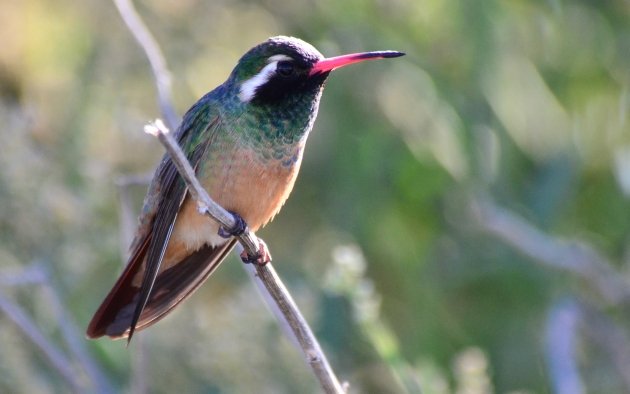
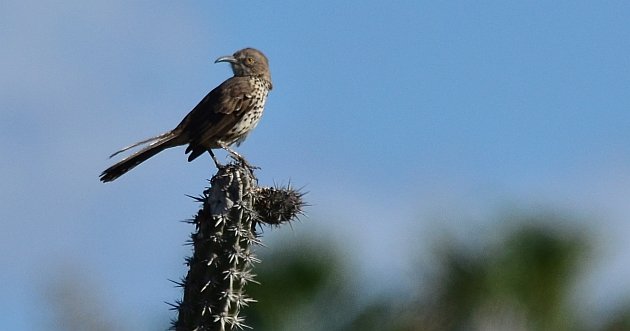
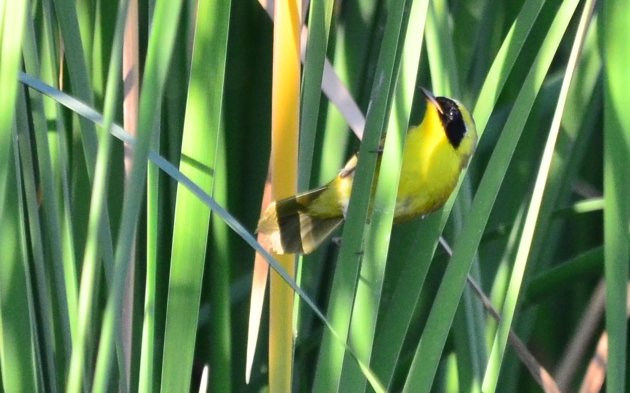
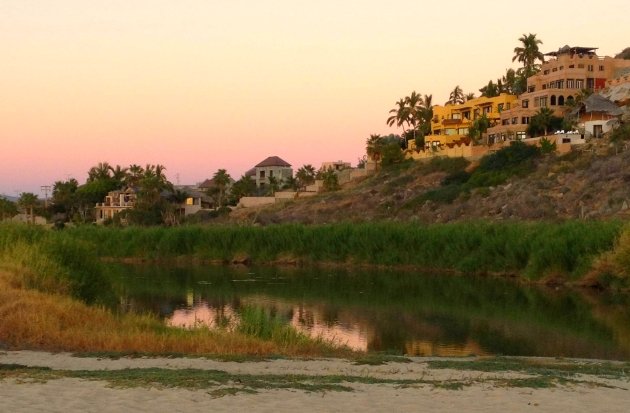
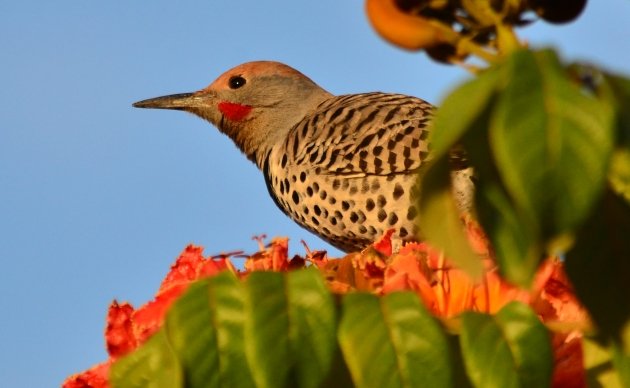
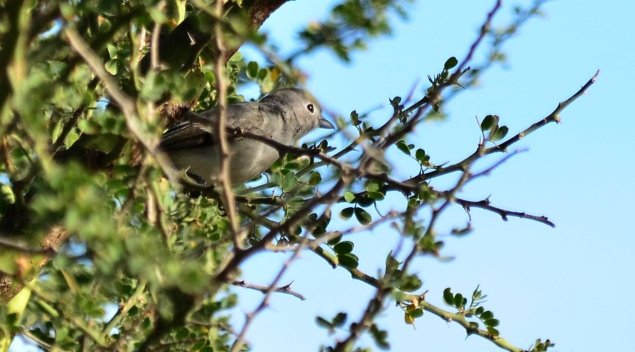
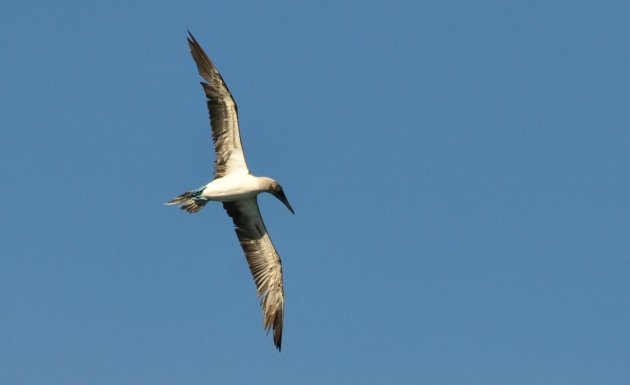
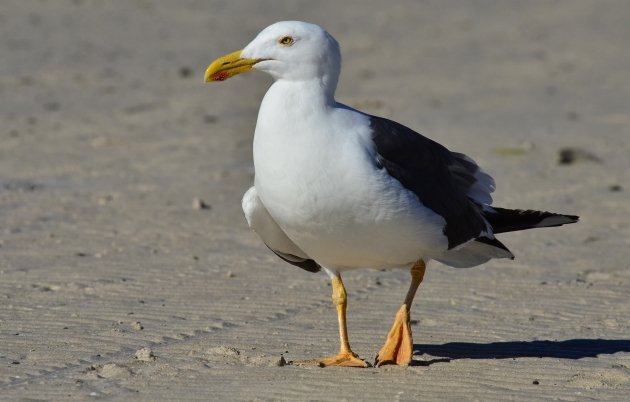
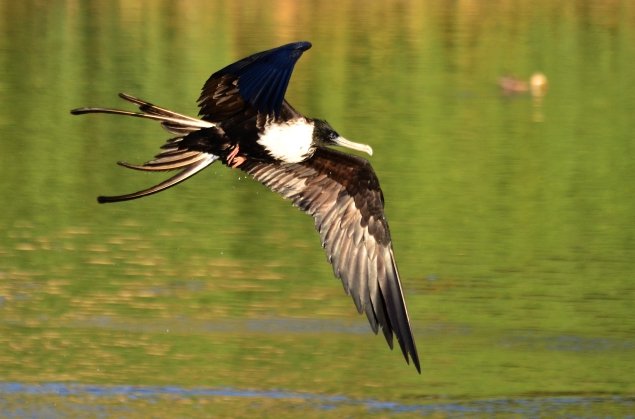











By “recent” do you mean winter? Just wondering if there’s a better time of year to find myself accidentally in southern Baja.
@Kirby – Yeah, winter. If one was particularly interested in vagrants, I suspect fall is better, but winter is definitely recommended.
Can anyone recoomend and reasonably priced guide or “Birding Pal” for a one day trip in October?
Nice story on my adopted home area.,, even if I am late in finding it.
We will have 4 hours for birding [12:30 to 4:30] on January 20, 2017 while our cruise ship Regatta is in port at Cabo San Lucas. My partner and I are both biologists and experienced birders. He is an excellent photographer. We are 76 years old and I have difficulty walking so prefer to bird from a vehicle. Would you be available to assist us?
I live in California, but it sounds like Tom Brown (who commented above) is a local.
headed to cabo for 4 days tomorrow. do you lead birding tours or do you have a recommendation